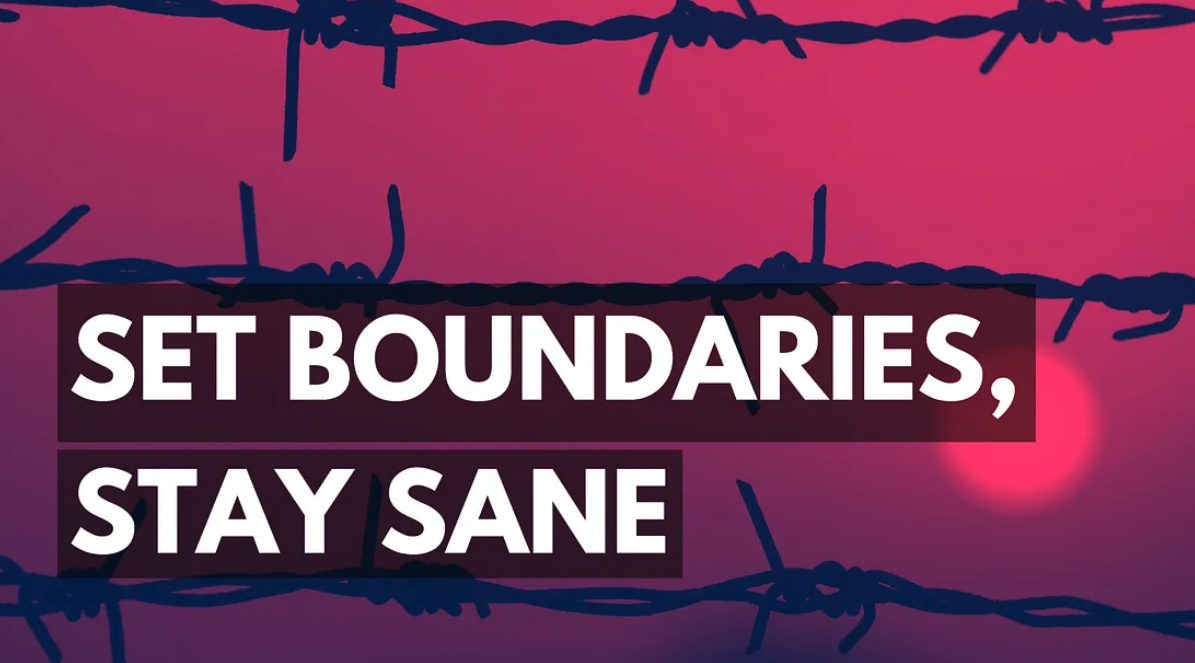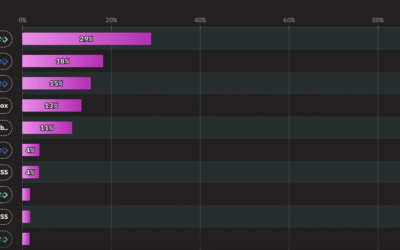We’ve all been there — our inbox pings, and before we can think twice, we’re already drafting a reply. It feels responsible, professional, even necessary. But is it?
The truth is, constantly responding to work emails the moment they arrive isn’t just a productivity killer — it’s a recipe for burnout.
The Expectation Trap
Every time you drop what you’re doing to reply instantly, you’re setting a precedent. You’re training colleagues, clients, and even your boss to expect an immediate response. And once that expectation is set, it’s hard to undo.
Suddenly, your inbox dictates your schedule. Instead of being proactive and focused, you become reactive and scattered.
But here’s the kicker: the problem isn’t the messages. It’s the belief that being available 24/7 makes you more competent, reliable, or valuable.
Spoiler alert: It doesn’t.
The Cost of Constant Availability
Being in “always-on” mode comes at a price:
✅ Lost Focus — Each time you switch tasks to check an email, you break your flow. Studies show it takes an average of 23 minutes to regain deep focus after an interruption. Imagine how much productive time you’re losing daily.
✅ Higher Stress Levels — The pressure to reply instantly creates a constant sense of urgency, making it hard to truly disconnect — even outside of work hours.
✅ Reduced Work Quality — When you’re juggling multiple tasks and responding reactively, the quality of both your emails and your actual work suffers.
✅ Diminished Work-Life Balance — If you’re answering emails at dinner, during workouts, or right before bed, you’re letting work dictate your personal time. That’s not balance — it’s burnout waiting to happen.
The Power of Intentional Boundaries
People who manage their time with intention — who set boundaries and stick to them — are often the ones who lead with the most clarity, confidence, and impact.
Here’s how you can start reclaiming control over your inbox:
- Schedule Email Check-ins — Instead of keeping your inbox open all day, set specific times to check and respond to emails (e.g., once in the morning, once after lunch, and once before wrapping up the day).
- Use an Auto-Responder for Expectations — A simple message like, “I check my email at [set times]. If this is urgent, please call or Slack me,” lets others know when to expect a response.
- Prioritize Deep Work — Block out time for uninterrupted focus on high-impact tasks. Protect this time like an important meeting — because it is.
- Push Back on Unrealistic Expectations — If someone expects an immediate reply and it’s not warranted, politely communicate your boundaries: “I’ll review this and get back to you by [reasonable deadline].”
- Detach from the Guilt — Your value isn’t tied to your email response speed. Your worth isn’t measured by your availability. Productivity and effectiveness come from working with intention, not reacting on demand.
Flip the Script
If you’re tired of feeling like you’re always on call, it’s time to shift the dynamic. Instead of letting emails control your time, start setting boundaries that work for you.
- Your focus is valuable.
- Your well-being matters.
- Your most important work deserves your best attention.
Start prioritizing your energy over everyone else’s urgency.
What’s one boundary you can set today to take back control of your inbox? Drop it in the comments — I’d love to hear how you’re making the shift!
Helpful Resources on Setting Email Boundaries
“Working Boundaries: The Case For Standardizing Email Response Times”
https://leadx.org/articles/working-boundaries-case-standardizing-email-response-times/
“Why Every Organization Needs A Standard Response Time Policy”
https://www.forbes.com/sites/cherylsnappconner/2013/08/16/why-every-organization-needs-a-standard-response-time-policy/
“Setting Boundaries with Work Email”
https://www.drjwhite.com/blog/setting-boundaries-with-work-email/






0 Comments